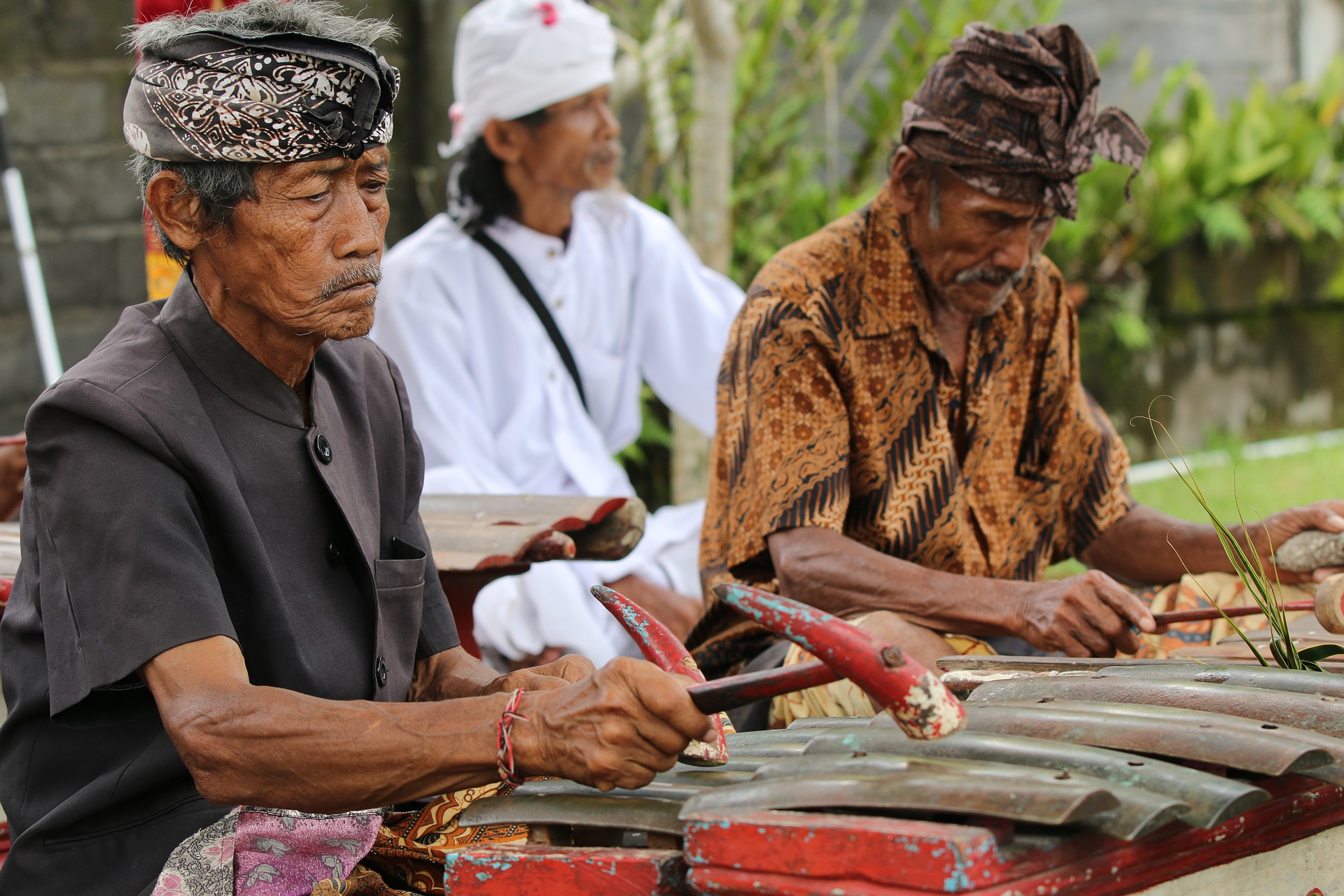Kapanlagi.com - Indonesia has various cultures, ranging from customs, religions, to languages in each region. Therefore, the meaning of regional languages in Indonesia should not be underestimated. In fact, regional languages can be considered as a source of cultural wealth owned by Indonesia.
Their contribution in the creation of Indonesian vocabulary is quite significant. Therefore, many meanings of regional languages have now been included in dictionaries. Usually, the regional languages included in dictionaries are related to traditional ceremonies, building names, flora, fauna, professions, and so on.
As Indonesian citizens, it is important for you to understand the meaning of regional languages as well as the Indonesian language as a unifying tool for the nation. A brief understanding of this can be found in the following information.
1. Meaning of Regional Language

Illustration (Credit: Pixabay)
The meaning of regional language is the language used or spoken in a region within a sovereign country. The region can include small areas, states, provinces, or larger territories.
According to the Great Dictionary of the Indonesian Language (KBBI), the meaning of regional language is a language commonly used in a certain region. For example, ethnic languages such as Batak, Javanese, Sundanese, and others. In addition, there is the understanding of language according to the European Charter for Regional or Minority Languages.
The term regional or minority language refers to a language originally used in the territory of a country, by citizens of that country who numerically constitute a smaller group than other populations and also do not constitute an official language (or one of the official languages) of that country.
2. Functions of Language in General

Illustration (Credit: Pixabay)
Language is important and necessary in everyday life. According to KBBI, the meaning of language is an arbitrary system of sound symbols used by members of a society to cooperate, interact, and identify themselves. If there is no agreed language in society, communication and interaction will certainly be disrupted.
Perhaps, you have already enjoyed the function of language. However, do you know the general functions of language? It turns out that language has many other functions besides being a means of communication. If you don't know them yet, just read the following explanation.
1. Language as a means of communication
This function is something that people often enjoy. As a means of communication, language is agreed upon to converse and convey specific intentions in order to be understood by others. The use of language must be mutually understood so that the communication goals can be delivered.
2. Language as a means of self-expression
The function of language as a means of self-expression has been used by you since you were young. Initially, young children use limited language to convey their intentions to their parents. Over time, language skills develop and can fully function as a means of communication.
3. Language as a means of integration and social adaptation
To establish relationships in a new environment, such as school, someone needs language to adapt. The language used will depend on the situations and conditions faced. Furthermore, the person will become accustomed to the new environment through daily conversations.
4. Language as a means of social control
Language has the power to be used as a tool for social control. Language becomes the most potential tool to convey ideas in order to be accepted by others.
3. Contribution of Regional Languages

Illustration (Credit: Pixabay)
The contribution of regional languages in Indonesia is actually very visible. Especially when it becomes a reference for Indonesian vocabulary in dictionaries. This indicates that the meaning of regional languages in Indonesia is very important.
Based on information from the Language Agency of the Ministry of Education and Culture, there are three functions of regional languages for Indonesian, including:
1. Supporting Indonesian language.
2. Introductory language. Regional languages can be a subject in elementary schools in certain areas. This introductory language can facilitate the teaching of Indonesian language or other subjects.
3. Language sources to enrich Indonesian language. Regional languages can complement Indonesian language in the implementation of government at the regional level.
In this case, Javanese language occupies the highest position in contributing to language development. In addition, there are also Minangkabau language, Sundanese language, Madurese language, and many other regional languages that contribute to the development of Indonesian language.
It is important for you to know that the meaning of regional languages is not only important for the development of the national language. But also plays a significant role as a symbol of regional identity and a means of communication among regional communities. To make it clearer, please see the following functions of regional languages.
1. Symbol of regional identity.
2. Symbol of regional pride.
3. Means of communication within the family and local community.
4. Means of development and support for regional culture.
5. Regional language can be used as the language of instruction in the early stages of education.
That is the explanation of the meaning of regional language as well as its functions in daily life.
(kpl/gen/ans)
Disclaimer: This translation from Bahasa Indonesia to English has been generated by Artificial Intelligence.















